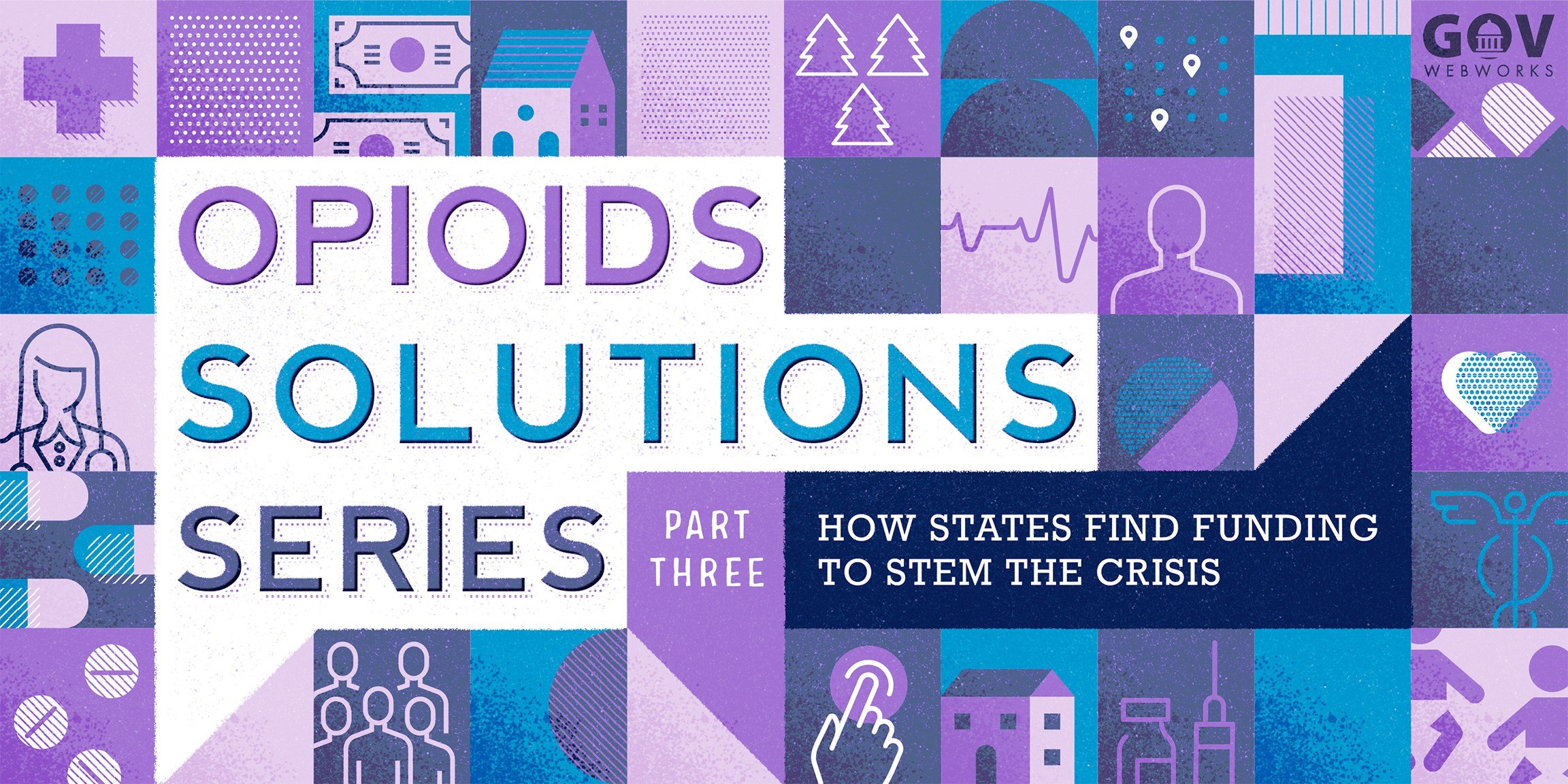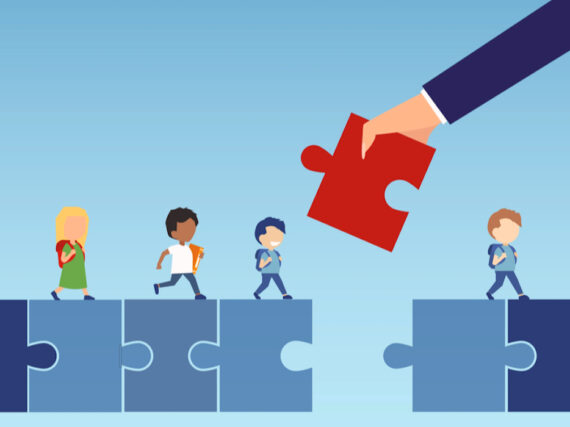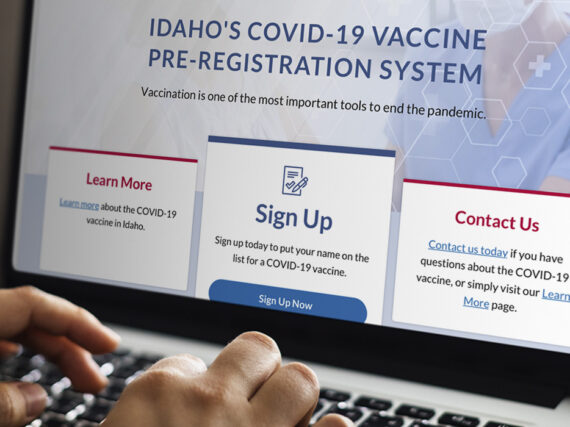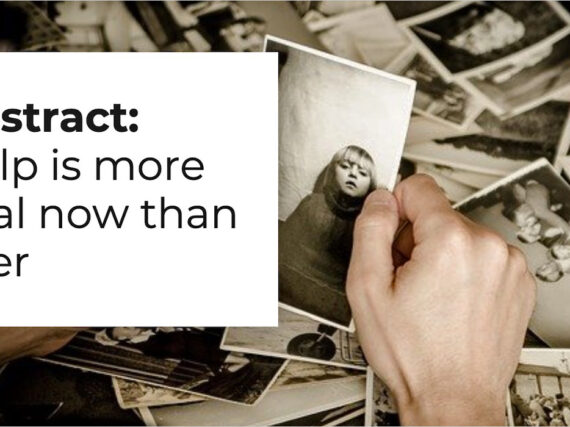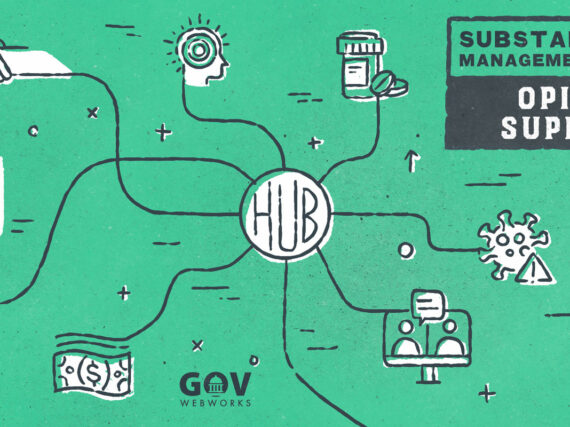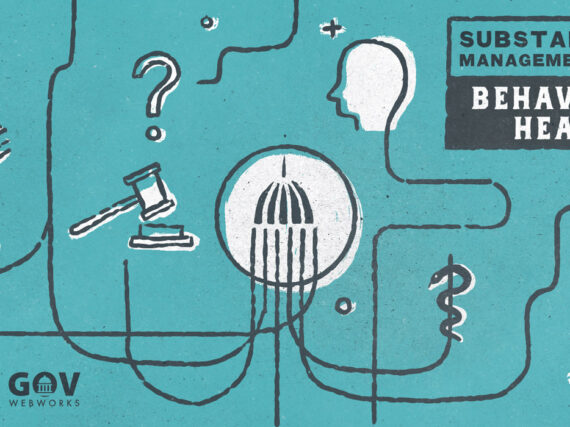New Hampshire, like many other states, has struggled with the effects of the opioids crisis. Currently burdened with the third highest overdose rate in the country, it sees 39 overdoses per 100,000 people. (1) As a rural state, it can be difficult for those who need help with addiction services to access the treatment they need.
In Part 1 of this series I examined the opioid landscape, how this epidemic could potentially affect anyone, and the costs.
In Part 2, I looked at some of the most popular treatment models states are using (including the Hub and Spoke model), and how funding is being combined to provide effective solutions.
In this final article we’ll look at the major funding providers like the Substance Abuse and Mental Health Services Administration (SAMHSA), and others like the Centers for Medicare & Medicaid Services (CMS) that states have at their disposal. I hope that the example of New Hampshire’s The Doorway project will inspire other states to take action. With the right tools and funding detailed below, all states can make a difference and save lives.
How can SAMHSA help?
As in many states, finding appropriate funding to meet the demand for opioids treatment in rural areas of New Hampshire was a challenge. Under the urging of Governor, Chris Sununu (2), NH’s Department of Health and Human Services elected to follow a Hub and Spoke model that was being successfully employed by policy makers in neighboring Vermont. To do so, they received SAMHSA funds to unify a network of providers for more accessible and effective treatment options across the state. These hubs are supported by a 24/7 hotline to direct people to treatment.
Funding from SAMHSA can provide a welcome boost to local initiatives in states where Medicaid has not been expanded. This can go a long way to enhance social supports, provide treatment, and fund new technology solutions. Projects which help to reduce accidental overdoses, aid prevention efforts, or provide treatment and recovery activities often receive SAMHSA funding. As Governor Sununu stated, “This isn’t just about throwing money to the front lines; it’s really about building a strategic partnership that is a coordinated effort,”
SAMHSA grants can also be a good way to launch Hub and Spoke projects when either state or other funding sources aren’t available. (3) The Hub and Spoke model works well for states with strong regional connections and a central administrative structure. Using customer facing resource portals and mobile apps helps to better engage those in need, and to support community members.
New Hampshire received SAMHSA funds to ease some of the issues faced by a rural state. Using a Hub and Spoke approach, they created a customer-centric resource portal called The Doorway. This provides a single online location to connect individuals with evidence-based treatment, recovery, and prevention services. The initiative unified a network of regional screening, evaluation, and care coordination facilities across the state. Each facility serves as a regional “hub” to connect patients with local “spokes” or care providers. In the first three months since The Doorway — the state’s new Hub and Spoke program for substance use disorders — opened, more than 1,400 people have sought help there. (4)
What else does SAMSHA fund?
SAMHSA estimates that 2.1 million people meet the medical criteria for opioid addiction, but only 20% of them receive any kind of treatment. (5) And as John Kelly of Harvard Medical School has pointed out, it may take eight years, and four or five treatment attempts, for someone addicted to opioids to achieve a single year of abstention. (6) Clearly, more needs to be done.
With this in mind, SAMSHA grants are available for important projects that include wraparound services like job training, education, food, childcare, and transportation. These programs make a difference because they provide a holistic approach to fighting the opioid crisis at the local level and guide individuals on a path towards self-sufficiency. From what I’ve seen, the most successful projects leverage technology to better connect individuals to organizations and treatment options.
Furthermore, SAMHSA’s State Targeted Response to the Opioid Crisis Grants helps state entities expand prevention, treatment, and recovery support services. These funds are designed to supplement existing activities by enabling states to:
- Conduct needs assessments and develop strategic plans
- Identify gaps and resources from which to build upon existing substance use prevention and treatment activities
- Implement and expand access to evidence-based practices for treatment, particularly MAT and recovery support services
- Advance substance misuse prevention in coordination with other federal efforts
As with New Hampshire, SAMHSA grants should be top of the list when seeking to launch new project initiatives and connect disconnected resources.
What are the other options?
While SAMSHA is the largest funding source, there are a number of other resources that states can go to for help. Launched in 2017, the President’s 5-Point Strategy To Combat the Opioid Crisis focuses attention on providing opioid supports, treatment, prevention, and recovery solutions. With these goals in mind, Health and Human Services (HHS) has allocated $1.4 billion (7) for State Opioid Response grants in 2019. These grants enable states to take tangible action with new technology tools that help expand access to effective opioid treatment.
This year, the Centers for Disease Control and Prevention (CDC) has $475 million (7) allocated to reduce opioid overdoses. Funding is available for research on the opioid landscape, to develop collaborations, educate individuals, and increase the capacity of providers.
The National Institute of Health (NIH) provides a scientific approach to help combat the opioid crisis. Their Helping to End Addiction Long-term HEAL initiative is a cross-agency effort to develop and test treatment models. The hope is to expand therapeutic options for those in need, and to develop new prevention and treatment strategies.
The Center for Medicaid Services (CMS) has allowed some states to integrate innovative programs such as virtual treatment centers and remote counseling in areas facing provider shortages. States may use Section 1115(a) waivers to demonstrate the success of their own projects ideas. These funding efforts play an important part in combating the opioid epidemic.
Lastly, we are watching to see whether something similar to the tobacco settlements will happen. As recently noted in the New York Times, several states have begun to join lawsuits against large biotech firms such as Johnson & Johnson and Purdue that have resulted in settlements. These funds may lead to new initiatives being launched to combat the crisis.
How do you apply?
The new funds and attention may make it seem easy to solve this crisis. Yet, there are many challenges to creating an effective, grant-worthy project. Agencies need to get buy-in from the top, complete long grant applications, and organize diverse resources.
While they are often a crucial source of funding, the basic process of applying for a grant can be complex and time consuming. Agencies applying for a SAMHSA grant for the first time endure significant preparation and several layers of review before an award is made. Simply registering to be able to apply for these funding sources can take six weeks, as this diagram illustrates.
Registration, Submission and Validation Timeline from SAMSHA.
Thankfully, there is step-by-step guidance available from SAMHSA. Once registered, applicants may search available Funding Opportunity Announcements to determine which grant(s) may be a good fit. We recommend incorporating new technology as part of your solution. This will help to connect resources, track project progress, and accurately report successes.
There are several layers of review before an award over $150,000 is made. The Division of Grant Review screens out applications that do not meet the administrative or programmatic requirements of the grant before applications are sent for peer review.
Following approval, the recipient receives the federal funding for their project. Being tax-payer funded, these projects require accurate and timely reporting per the Government Performance and Results Modernization Act of 2010. This outlines standards for strategic planning, for performance reporting on the grant project, and whether it is achieving the intended goal(s).
Summary
Unlike previous drug epidemics, the opioid crisis has affected a wider demographic. Consequently, some of the solutions need a different approach. Our hope is that agencies will be inspired to launch their own models to combat this trend. Initiatives are being funded and delivered in a variety of different ways. The increased coordination between Federal and State government is encouraging. Local providers and non-profits are starting to get the support that they need.
Effective programs require a multi-faceted approach which layers various treatment options with client-facing technology such as portals and mobile apps to connect people with resources. This is particularly true with Hub and Spoke models. For states with access to Medicaid funding, MAT and ARTS models enable treatment to occur in the wider healthcare system or medical setting. User dashboards help healthcare providers and case managers to manage a wider range of social and health issues. This funding stream is usually more stable, allowing states to plan broader and longer engagement efforts.
No model is perfect, and the availability of funding often dictates which approach you may deploy. However, this shouldn’t prevent states from taking action. We encourage you to take the necessary steps to make a difference in your state.
NOTE: If you or someone you know are experiencing an addiction related crisis, call 2-1-1 or search the Opioid Treatment Program Directory for help in your state.
Learn more
- Download the Managing Opioid Issues white paper
- Contact us to learn more about creating a substance abuse assistance portal
Endnotes
- CDC: Drug Overdose Deaths
- Concord Monitor: Sununu, state officials unveil ‘hub and spoke’ opioid treatment partnerships
- Opioid Response Network: Learn more about what we do
- Union Leader: Opening ‘The Doorway’ to recovery: State unveils treatment plan
- SAMSHA: An Update on the Opioid Crisis
- The Economist: Tens of thousands of Americans die each year from opioid overdoses
- HHS: HHS releases additional $487 million to states
Resources
- Opioids Crisis Solutions Series Part 1: How opioids took America by surprise, and what states can do about it, by Ravi Jackson
- Opioids Crisis Solutions Series Part 2: Three opioid treatment models that states are using to save lives, by Ravi Jackson
- SAMHSA
–State Grant Programs
–Application Process
–Applying for a SAMHSA Grant
–Application Video
–MAT Prescription Drug and Opioid Addiction (PDOA) Grant
–State Targeted Response to the Opioid Crisis Grants (Opioid-STR) - NIH HEAL Initiative
Funding Application – Request for Applications - CDC
Public Health Crisis Response NOFO - Grants.gov
–Search Grants
–Register with Grants.gov - HRSA
Grants for rural areas - NH Doorway
Grant Application
